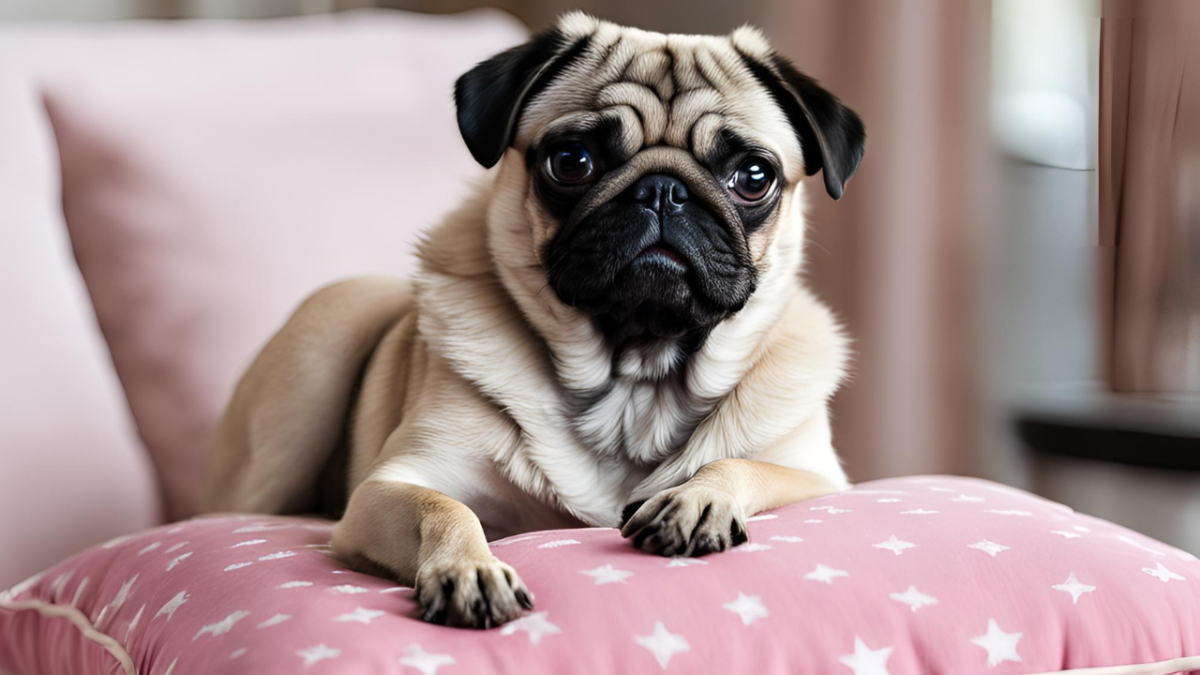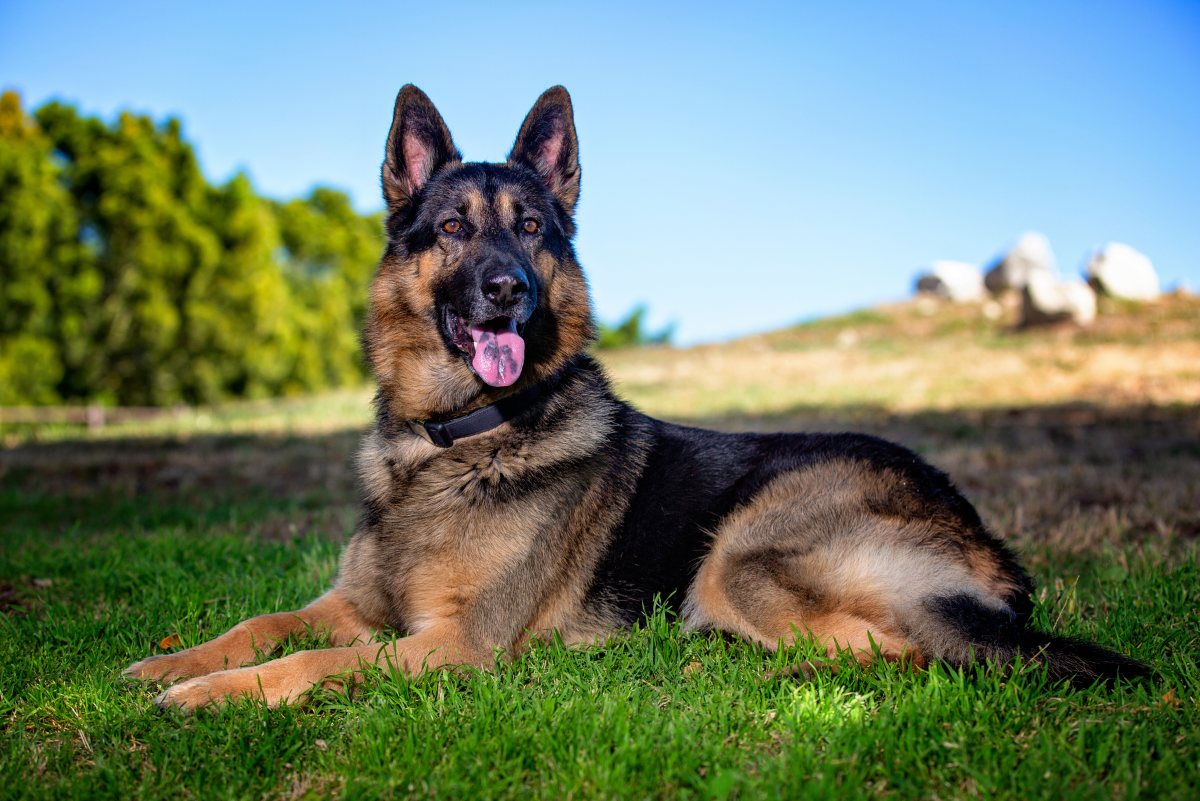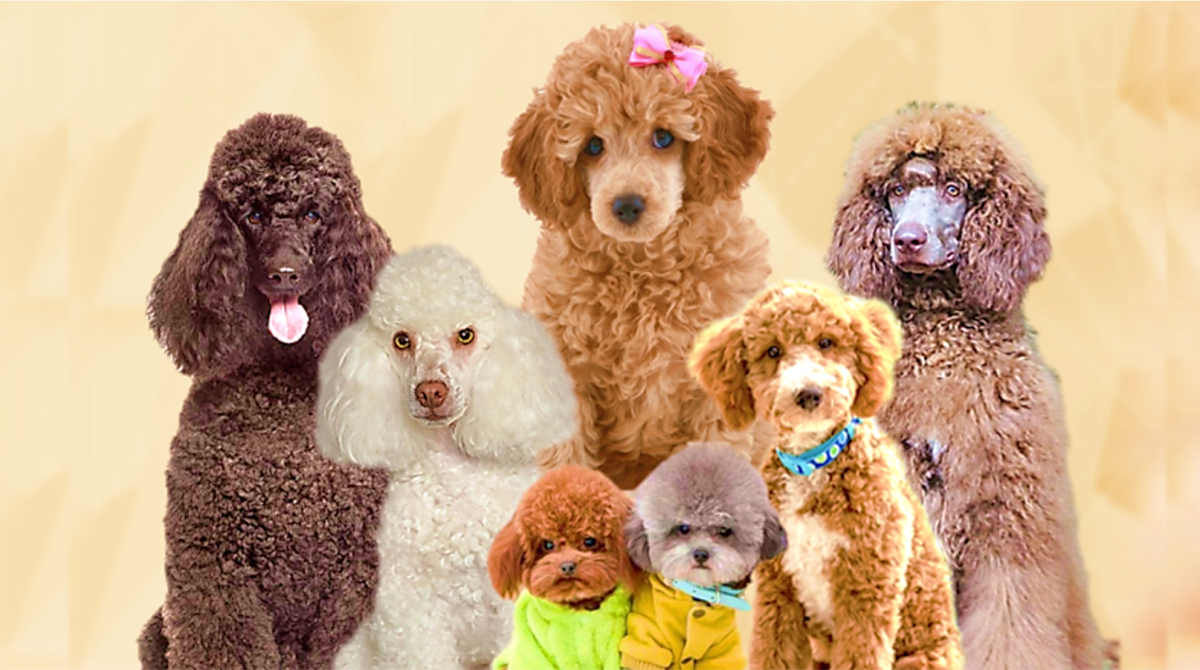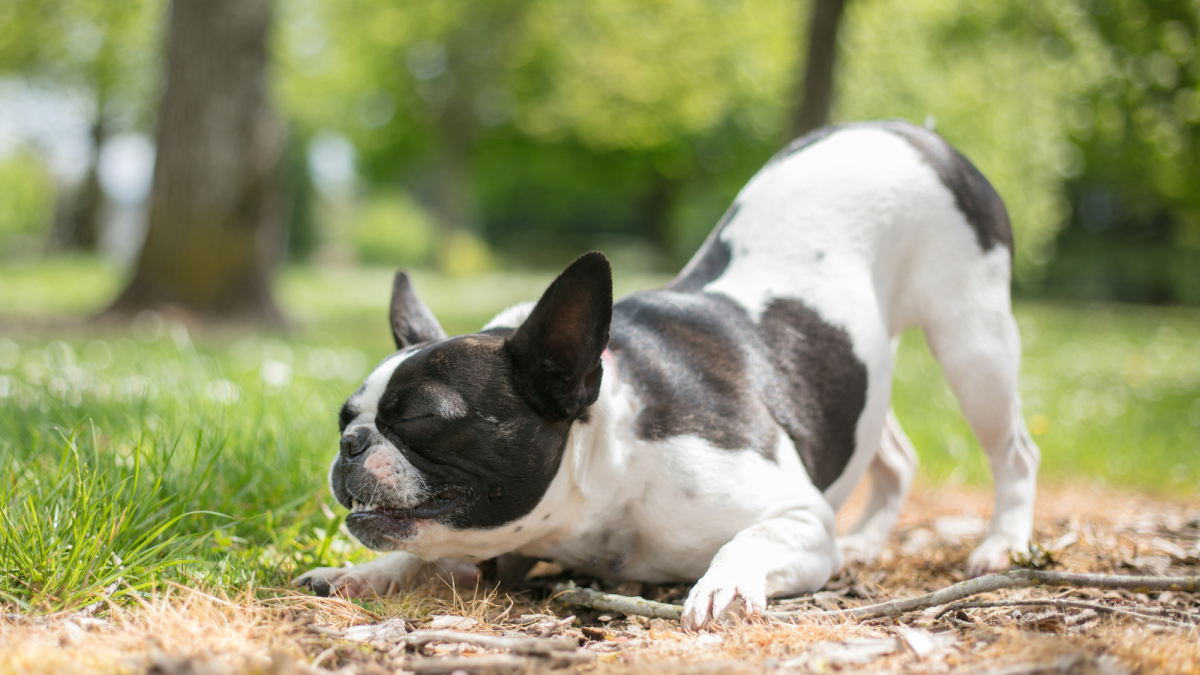- HubPages»
- Pets and Animals»
- Dogs & Dog Breeds»
- Dog Breeds
Pugs
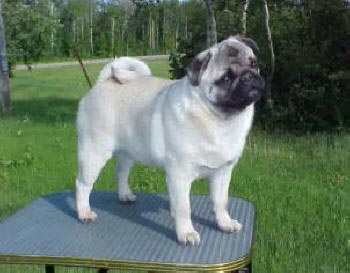
Pug History
Pugs were bred to sit on the laps of Chinese emperors during the Shang dynasty in East China.
The breed's popularity quickly spread into Tibet, where monks commonly kept pugs. The breed then spread to Japan and Europe.
The pug was first imported to Europe in the late 16th and 17th centuries by merchants and crews from the Dutch East Indies Trading Company.
During these centuries, the breed was commonly used as scent hounds. They were, also, used by the military to help track both animals and people. The breed was employed as the guard's dogs.
In the 18th and 19th centuries, Pugs spread through France before coming to the United States.
Books about Pugs
Pug Temperament
Pugs very sociable, but they can be very stubborn at times. The breed is clever, charming, and playful.
They are very smart, and are known to succeed in dog training and obedience
Pugs are sensitive to the tone of a human voice, so harsh punishment is generally unnecessary. Pugs are very receptive to positive reinforcement training and clicker training.
While Pugs usually get along well with other dogs and animals, they generally prefer the company of humans, requiring a good deal of human attention.
In general, they are very attentive dogs, always at their owner's feet, in their lap, or following them from room to room.
Puggle
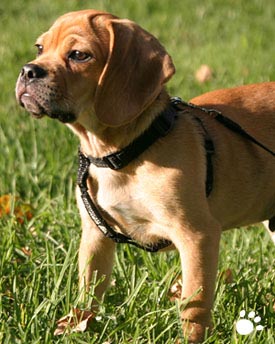
Pug Appearance
Pugs tend to range an average of 14 to 18 pounds. As they are prone to suffer obesity, you must provide exercise for the laid back dog.
Pugs have a fine, glossy coat that can appear in apricot, fawn, silver, or black.
They have curly tails that sit tightly above the hip.
Pugs are heavy shedders, as they tend to shed year round. You can find special shampoos to help minimize shedding.
Pug Gifts
Pug Health
Because Pugs have short snouts and flat faces, they are very susceptible to eye injuries such as eye puncture wounds, scratched corneas, and painful Entropion.
Because of the compact nature of their breathing passageways, Pugs can have problems such as difficulty breathing.
As dogs regulate their body temperatures by their tongues, because pugs have breathing problems, they may have trouble controlling their body temperature.
Because Pugs were bred to be indoor pets only, they must not be left outside in temperatures over 80 degrees Fahrenheit, despite loving to "sunbathe." You should never leave a Pug in hot or cold temperatures for extended periods of time.
Pugs can be prone to obesity, so you must make sure to provide regular exercise and a healthy diet.
Pugs can also suffer from a chronic form of granulomatous meningoencephalitis, an inflammation of the brain, which is an inherited health concern, and hemivertebrae. Both of these health problems tend to result in euthanasia.
Pugs tend to suffer the "reverse sneeze," which is not harmful to the dog, but may scare him. You can relax the dog and rub on its throat gently.
With proper care Pugs have an average lifespan of about 10 to 15 years.
Pug Puppy
Pictures can be found at flickr.com.






